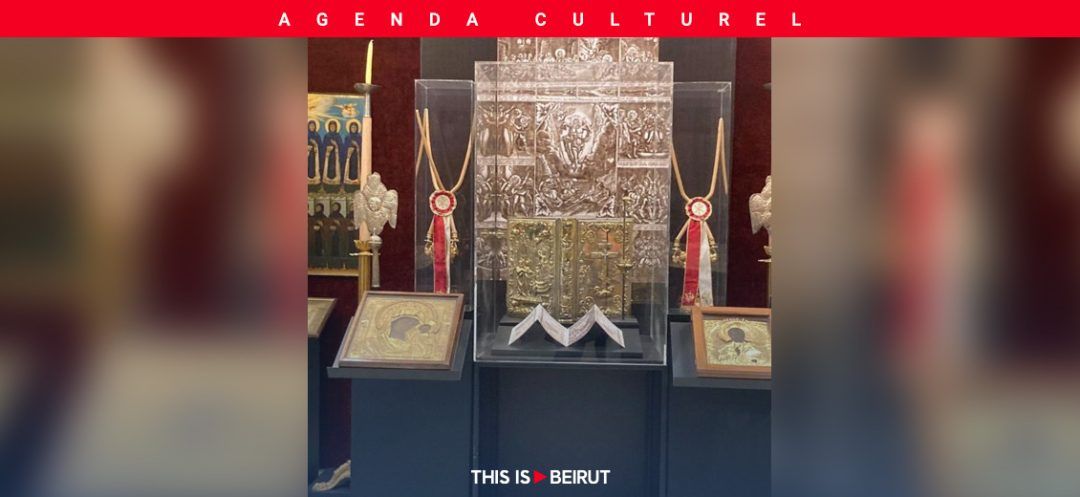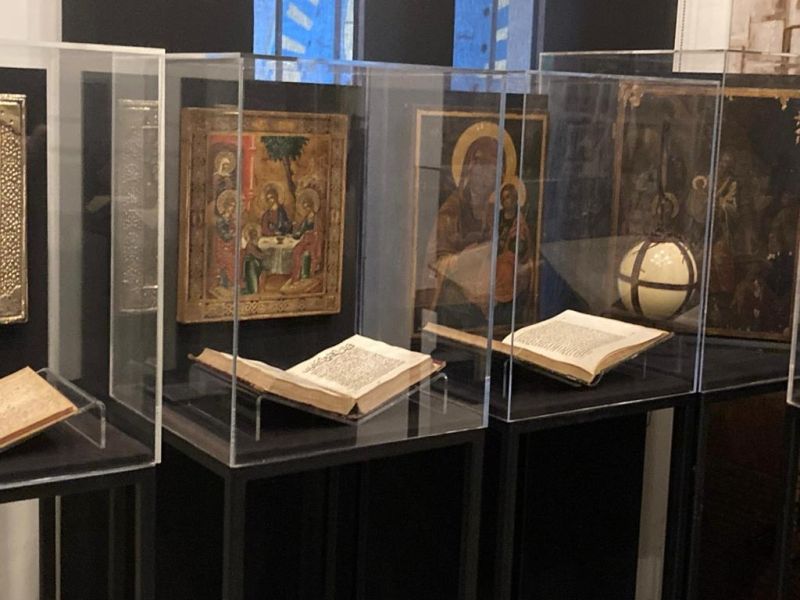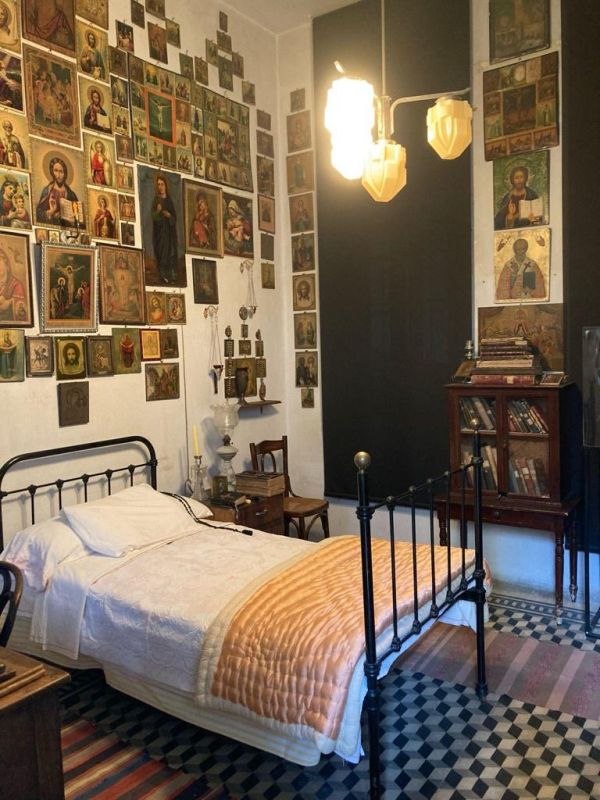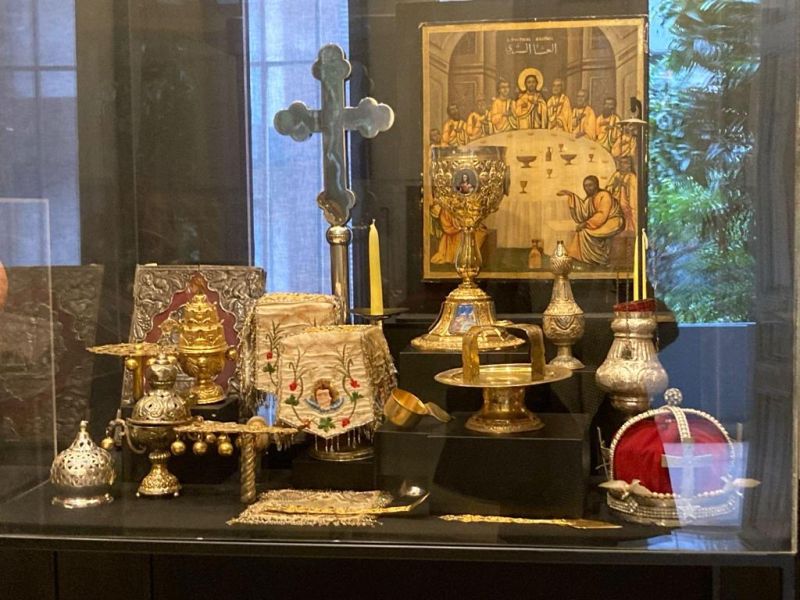
The Byzantine Museum of Beirut, nestled in the heart of Achrafieh in the Orthodox Convent of Our Lady of the Presentation (Saydé), has recently opened its doors and is a divine surprise. This totally unexpected place boasts rich collections of objects and archives that trace a significant part of the history of Beirut.
Father Elias Farah, who conducts guided tours with extraordinary storytelling talent, explains the origin of the convent and the wonders it houses. He poses a poignant question, “What will we leave our children of our roots and origins if we do not do this work of remembrance?”

The story begins in 1888 with a devout young girl named Catherine Karkabi, praying intensely alone for seven consecutive years from her home in Khandak el Ghamik, Beirut. Soon, other young girls and women join her in prayer, including Saada Abourrous, wife of a builder named Dimitri Andraos Gholam, who had been suffering from severe arm pain, which paralyzed him and hindered his work. Saada takes him to Catherine, who anoints his arm with oil and asks him to recite a prayer to the Virgin Mary. Three days later, to his immense surprise, Dimitri’s pain vanishes. In gratitude to the Virgin, he and his wife decide to lay the foundations of a convent to house Catherine and her prayer group. Initially planned in the then wild and inhospitable region of Sioufi in 1909, the first building was instead constructed at its current location at the bottom of the hill. It was named “The House of the Virgins Who Never Sleep,” as they took turns in prayer to ensure a constant 24-hour presence before the icon of the Madonna. The convent was renamed to its current name in 1935.
During the tour, Father Farah explains the significance of each object which bears a part of the fascinating history of the convent. There are 18th and 19th century handwritten gospel manuscripts, beautiful Byzantine crosses, richly decorated cups, icons, highly symbolic ostrich eggs representing the care given to religion, countless letters and documents, and registers chronicling the daily life of the convent. These items are evidence of the nuns’ scholarship and the convent’s connections with the outside world, including Moscow, Jerusalem and the Sublime Porte. Of course, the portraits of the founding couple, Dimitri and Saada, stand as tireless sentinels.
Mother Catherine, the founder and first superior of the convent, who died in 1915, is prominently honored. Portraits, photos, icons found near her home of unknown origin, and various objects belonging to her, are displayed with utmost care. Her room, preserved exactly as it was, concludes the tour.

With extraordinary eloquence, Father Farah is inexhaustible in his narratives. Legends unfold: a patriarch known as “Abourghif” who distributed bread to Christians and Muslims alike during the 1915 famine, a blind sister who could still discern if the required number of genuflections during prayer were not performed and a miraculous icon that exudes oil. The lively and informative tour eventually has to end, though one could listen for hours.
This historic and spiritual landmark, now home to just five nuns, preserves its memory through the museum, founded by Liliane Chammas and Robert Matta and superbly arranged by Jean-Louis Mainguy.

Note: L'Agenda Culturel is organizing a guided tour of the museum on Wednesday, January 17, 2024, at 5:00 PM. The tour will be guided by Father Elias Farah. Location: Achrafieh – Orthodox Convent of Our Lady of the Presentation (Saydé), language: Arabic, duration: 1 hour, registration: (78) 959670; visites@agendaculturel.com free visit, registration required – limited places.
Article penned by Zeina Saleh Kayali
https://www.agendaculturel.com/article/le-musee-byzantin-de-beyrouth

Comments